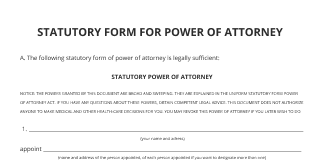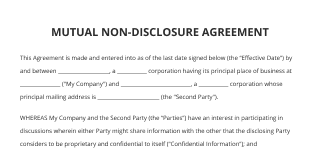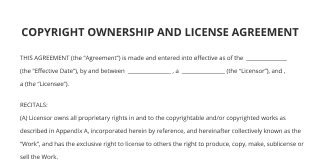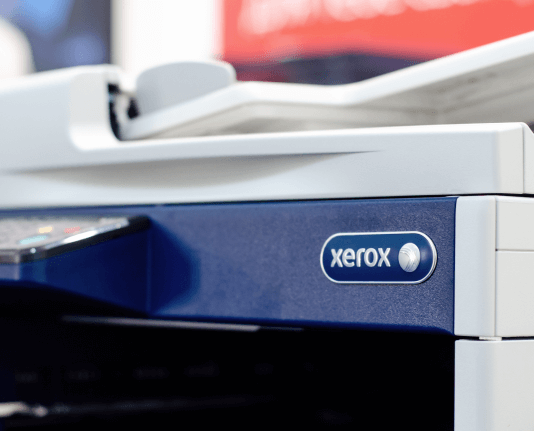Understanding the Different between Invoice and Receipt for Your Business Needs
Move your business forward with the airSlate SignNow eSignature solution
Add your legally binding signature
Integrate via API
Send conditional documents
Share documents via an invite link
Save time with reusable templates
Improve team collaboration
See airSlate SignNow eSignatures in action
Understanding the Differences Between Invoices and Receipts
Invoices and receipts serve distinct purposes in business transactions. An invoice is a document issued by a seller to a buyer, detailing the products or services provided along with the amount due for payment. It typically includes information such as the date of the transaction, payment terms, and a breakdown of costs. In contrast, a receipt is proof of payment, confirming that the buyer has settled their obligation. It often includes the date of payment, the total amount paid, and a description of the goods or services received.
Key Components of an Invoice
An invoice generally contains several essential elements that facilitate the billing process:
- Invoice Number: A unique identifier for tracking purposes.
- Seller Information: Name, address, and contact details of the seller.
- Buyer Information: Name and address of the buyer.
- Itemized List of Goods/Services: Description, quantity, and price of each item.
- Total Amount Due: The total cost, including taxes and any discounts.
- Payment Terms: Conditions under which the payment should be made, such as due dates and accepted payment methods.
Key Components of a Receipt
A receipt typically includes the following details to confirm a completed transaction:
- Receipt Number: A unique identifier for record-keeping.
- Date of Payment: When the payment was made.
- Seller Information: Name and contact details of the seller.
- Buyer Information: Name of the buyer, if applicable.
- Items Purchased: Description of the goods or services received.
- Total Amount Paid: The final amount that was paid by the buyer.
When to Use Invoices and Receipts
Invoices are typically used when goods or services are provided on credit, allowing the buyer time to pay. They are essential for maintaining accurate financial records and tracking outstanding payments. Receipts, on the other hand, are issued immediately after payment is made, providing proof of the transaction. They are crucial for both buyers and sellers for record-keeping and tax purposes.
Legal and Tax Implications
In the United States, both invoices and receipts have specific legal and tax implications. Invoices may be necessary for tax reporting, as they document sales and accounts receivable. Receipts serve as proof of expenses for buyers, which can be important for tax deductions. Proper documentation of both invoices and receipts is essential for compliance with federal and state regulations.
Best Practices for Managing Invoices and Receipts
Efficient management of invoices and receipts can enhance business operations. Consider these best practices:
- Use Digital Tools: Employ document management software to create, send, and store invoices and receipts securely.
- Maintain Clear Records: Keep organized records of all transactions to simplify accounting and tax preparation.
- Automate Reminders: Set up automated reminders for payment due dates to improve cash flow.
- Regularly Review Documentation: Periodically check your invoicing and receipt processes to ensure compliance and efficiency.
airSlate SignNow solutions for better efficiency
Our user reviews speak for themselves






Why choose airSlate SignNow
-
Free 7-day trial. Choose the plan you need and try it risk-free.
-
Honest pricing for full-featured plans. airSlate SignNow offers subscription plans with no overages or hidden fees at renewal.
-
Enterprise-grade security. airSlate SignNow helps you comply with global security standards.

Grasping the distinction between invoice and receipt
When overseeing business finances, it is vital to grasp the distinction between invoice and receipt. Invoices are solicitations for payment, whereas receipts verify that payment has been completed. Employing tools like airSlate SignNow can simplify the task of managing these documents efficiently.
Steps to comprehend the distinction between invoice and receipt using airSlate SignNow
- Launch your web browser and head to the airSlate SignNow website.
- Establish a free trial account or log in if you already possess one.
- Select the document you intend to sign or send for signatures.
- If you plan to utilize this document again, save it as a template for future reference.
- Access your document and make essential edits, such as incorporating fillable fields or adding specific details.
- Sign the document and include signature fields for the recipients.
- Click 'Continue' to set up and send an eSignature invitation.
airSlate SignNow provides a comprehensive solution for businesses aiming to manage their documents adeptly. With its intuitive interface and scalable features, it is tailored specifically for small and mid-sized enterprises. Moreover, the clear pricing structure ensures there are no surprise charges, and the round-the-clock support guarantees help when needed.
Begin utilizing airSlate SignNow today to improve your document management process and witness the advantages firsthand!
How it works
airSlate SignNow features that users love
Get legally-binding signatures now!
FAQs
-
Do I need a receipt if I have an invoice?
To meet tax and audit requirements Tax laws in many countries require proof of the charge (invoice) and the payment (receipt) for certain deductions or compliance checks. For example: An invoice might show how much tax was charged, like VAT or goods and services tax (GST) A receipt confirms the tax was paid. -
Do I need an invoice or receipt?
Businesses should not use invoices and receipts interchangeably. -
Can an invoice replace a receipt?
An invoice should not be used as a receipt. This is because an invoice works as a request for payment and does not include confirmation as to whether that payment has been made. Once payment has been received a separate receipt should be sent or you should provide a clear indication of payment received on the invoice. -
Can an invoice serve as a receipt?
Can an invoice ever be used as a receipt? Since an invoice is a request for payment, not proof of payment, you shouldn't use an invoice in place of a receipt. Once a customer or client pays your invoice, make sure to provide a separate receipt. -
What is the difference between an invoice and a receipt?
Invoices tell you how much money customers owe you and when they need to pay. Receipts show what's already been paid. Together, they help you see whether customers are paying on time, where you might have gaps in income, and how income lines up with your expenses. -
Can I issue a receipt without an invoice?
Receipts, however, should be issued any time a payment is received from the customer. If you're accepting a payment that is made immediately upon providing the goods or services, you don't need to issue an invoice, but can offer a receipt as proof of payment. This is both for the customer's benefit, and your own. -
Can an invoice work as a receipt?
An invoice should not be used as a receipt. This is because an invoice works as a request for payment and does not include confirmation as to whether that payment has been made. Once payment has been received a separate receipt should be sent or you should provide a clear indication of payment received on the invoice.
What active users are saying — different between invoice and receipt
Related searches to Understanding the different between invoice and receipt for your business needs
Get more for different between invoice and receipt
Find out other different between invoice and receipt
- Discover the digital signature legality for Distributor ...
- Understanding Digital Signature Legality for ...
- Unlocking the Power of Digital Signature Legality for ...
- Ensuring Digital Signature Legality for Distributor ...
- Digital Signature Legality for Startup Business Plan in ...
- Digital Signature Legality for Startup Business Plan in ...
- The Importance of Digital Signature Legality for Your ...
- Digital Signature Legality for Startup Business Plan in ...
- Digital Signature Legality for Startup Business Plan in ...
- Digital Signature Legality for Startup Business Plan in ...
- Ensuring Digital Signature Legality for Your UK Startup ...
- Unlocking the Power of Digital Signature Legality for ...
- Digital Signature Legality for Business Letter in ...
- Unlocking the Power of Digital Signature Legality for ...
- Understanding the Legal Aspects of Digital Signature ...
- Maximize Efficiency with Digital Signature Legality for ...
- Digital Signature Legality for Business Letter in ...
- Digital Signature Legality for Business Letter in ...
- Digital Signature Legality for Business Letter in UAE ...
- Unlocking the Power of Digital Signature Legality for ...






























